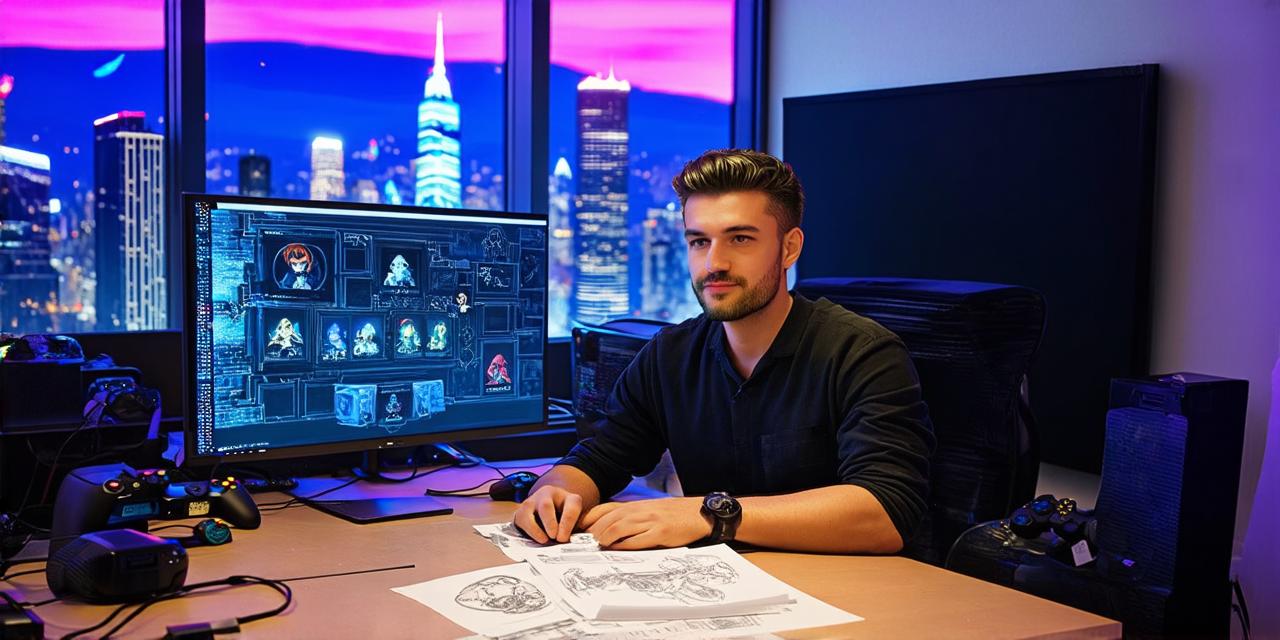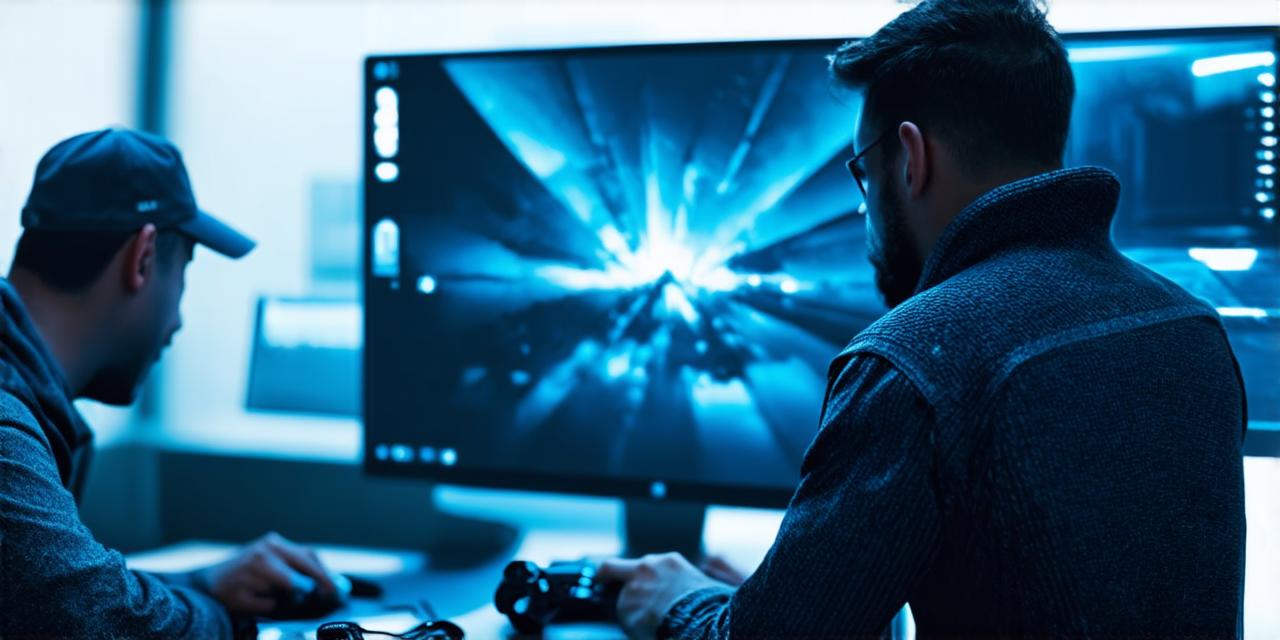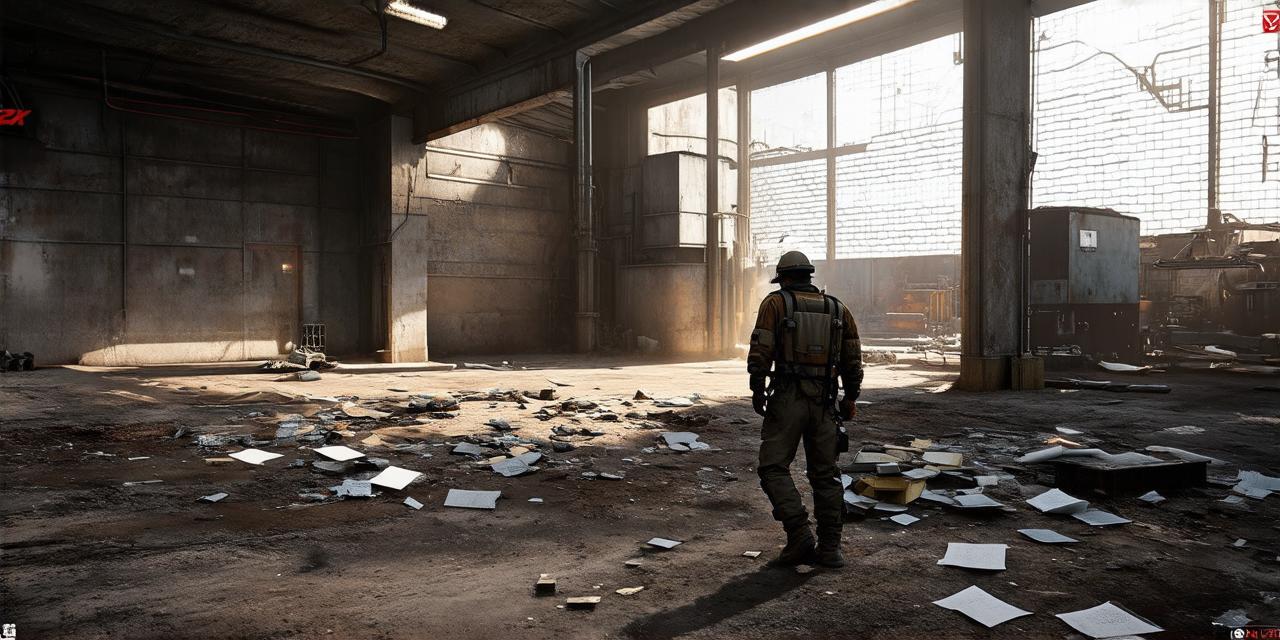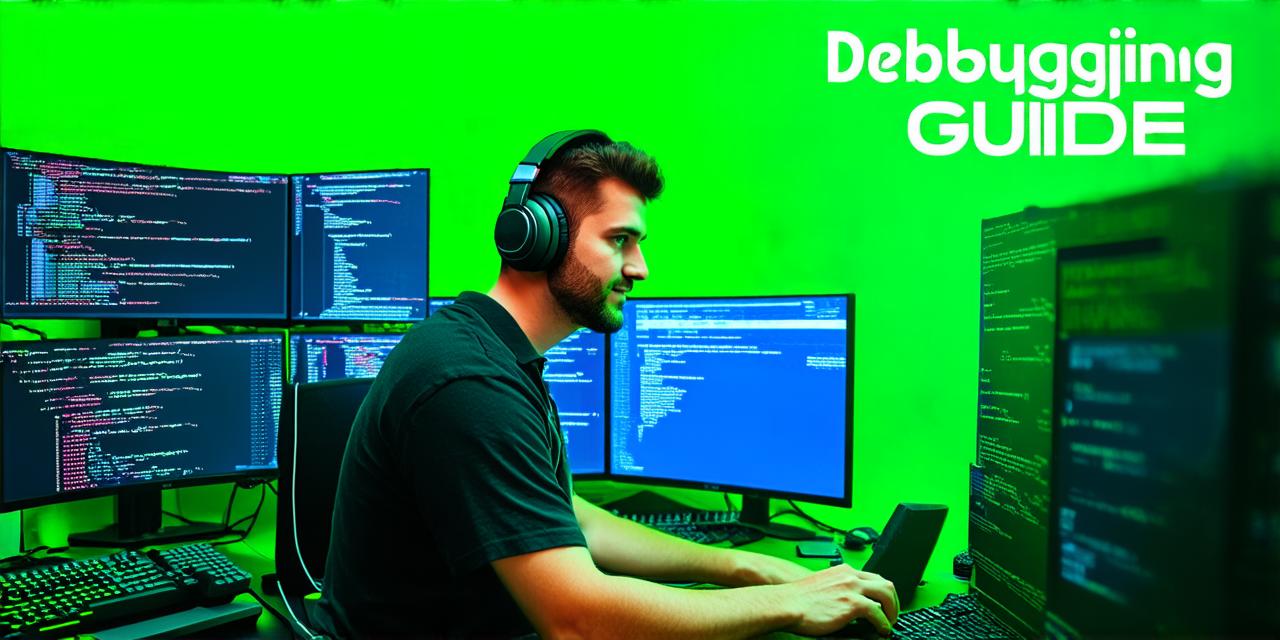If you’ve always dreamt of creating your own video game, but don’t know where to start, then you’re in luck. With this guide, you’ll learn everything you need to know about how to create a video game from scratch. We’ll cover all the essential steps, from brainstorming and prototyping to coding and testing, and we’ll share some tips and tricks along the way to help you make your dream a reality.
Getting Started: Brainstorming and Conceptualization
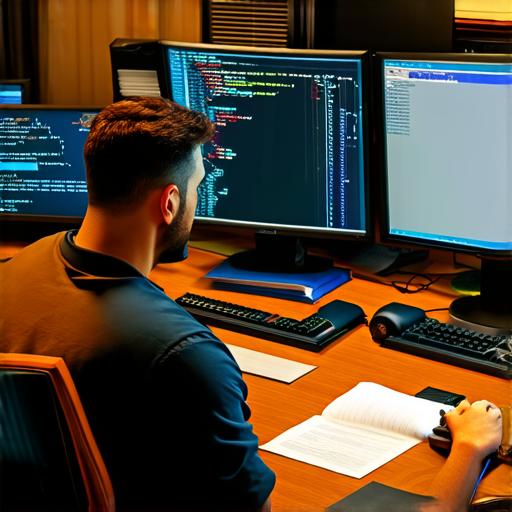
The first step in creating a video game is to come up with a concept or idea. This can be anything from a simple puzzle game to a complex open-world adventure. When brainstorming, it’s important to think about what you want your game to be about and who your target audience is. You should also consider the genre of the game, as this will determine the types of mechanics and features that you’ll need to include.
Once you have a concept in mind, it’s time to start fleshing out the details. This includes creating a story outline, character sketches, and level designs. You should also think about the gameplay mechanics, such as how players will control their characters and what challenges they will face. It’s important to keep your target audience in mind throughout this process, as it will help you create a game that they will enjoy.
Prototyping: Turning Your Concept into a Playable Game
Once you have a solid concept and design, the next step is to create a prototype of your game. This is a working version of the game that you can play and test to see how it feels and what needs improvement. There are many tools and platforms available for creating prototypes, including Unity, Unreal Engine, and Godot.
When creating a prototype, it’s important to focus on the core mechanics of your game. This includes things like character movement, enemy behavior, and level design. You should also test your prototype with other people to get feedback and identify any issues that need to be addressed. This will help you refine your concept and create a better final product.
Coding: Bringing Your Game to Life
Once your prototype is complete, it’s time to start coding. Depending on the platform you’re using, this may involve learning a new programming language or working with existing tools and libraries. It’s important to choose a programming language that suits your needs and skill level, as this will make the development process easier and more efficient.
When coding, it’s important to keep in mind the performance of your game. This includes things like optimizing your code for speed and minimizing resource usage. You should also consider using techniques like lazy loading and caching to improve the overall experience of your game.
Testing: Ensuring Your Game is Fun and Bug-Free
Once your game is complete, it’s important to test it thoroughly to ensure that it’s bug-free and enjoyable for players. This includes playtesting with other people to get feedback and identify any issues that need to be addressed. You should also use automated testing tools to catch any bugs or errors that might have been missed during manual testing.
It’s important to keep in mind the user experience when testing your game. This includes things like ensuring that the controls are intuitive, the levels are challenging but not frustrating, and the game is balanced overall. You should also test your game on different platforms and devices to ensure that it works well across all systems.
